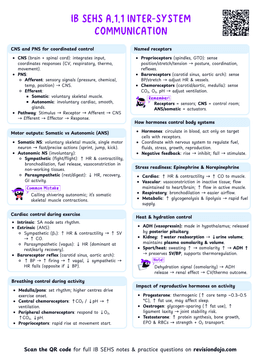The Arousal-Performance Relationship: Understanding the Graphs
Let's dive into one of the most fascinating aspects of sports psychology - how arousal levels affect athletic performance. We'll explore the key graphical representations that help us understand this relationship.
The Inverted-U Hypothesis (Yerkes-Dodson Law)
[Image: A bell-shaped curve showing performance on the Y-axis and arousal on the X-axis. The curve peaks in the middle, showing optimal performance at moderate arousal levels.]
The most well-known representation of the arousal-performance relationship is the Inverted-U curve, which shows:
- X-axis: Arousal level (low to high)
- Y-axis: Performance level (poor to optimal)
- Peak performance occurs at moderate arousal levels
- Performance decreases at both low and high arousal levels
Think of this like Goldilocks - not too hot, not too cold, but just right!
Individual Zones of Optimal Functioning (IZOF)
[Image: Multiple bell curves overlapping each other, showing different peaks for different athletes/activities.]
This model shows that:
- Different athletes have different optimal arousal zones
- Multiple peaks can exist for the same athlete
- The curves vary in width (showing different tolerance ranges)
The IZOF model is more individualized than the Inverted-U hypothesis, recognizing that optimal arousal levels vary between athletes and sports.


